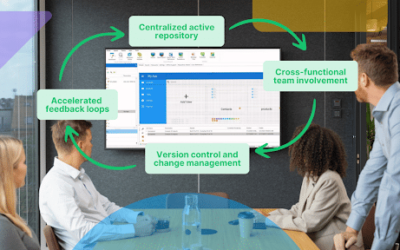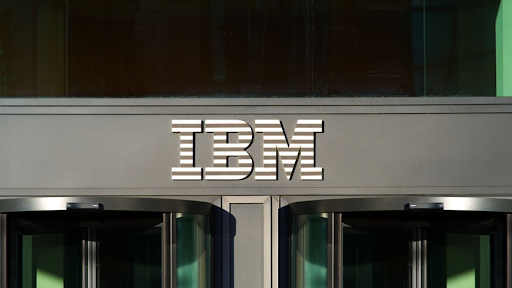The IBM i platform holds a unique position among the operating systems and software solutions organizations use to power their IT infrastructure. Originally introduced by IBM as part of the AS/400 system back in 1988, IBM i is a rare case of a platform that has served its users faithfully for decades. What makes it remarkable is that it hasn’t become an anachronism. Other computing solutions born in the 1980s, before the Internet went mainstream can’t make the same claim. Learn more about the AS/400 system on this IBM cloud blog.
Why is IBM i more popular in 2021 than ever?
Thanks to continuous improvements, transformations, and updates, IBM i is as relevant as ever. In 2021 more than 100,000 organizations in various industries around the globe still use IBM i to power their most critical operations. Remarkably, most of them plan to keep relying on IBM i going forward. This is because the platform has proved itself as a great IT infrastructure investment multiple times over.
According to a recent survey [1] of IBM i users, 44% of organizations said they are running between 76% and 100% of their core apps on IBM i. 25% of users surveyed also said they are only increasing workloads on the platform, while just 3% said they were planning to migrate applications from IBM i over the next two years.
The reason for IBM i’s continued relevance and the loyal user base is simple. It stayed up-to-date with evolving technology while exercising and perfecting its core strengths. Strengths like great security, high performance, and incredible reliability.
Business leaders see IBM i as an impregnable fortress. It safeguards and nurtures their IT systems. In addition, IT specialists recognize multiple benefits of this platform over its alternatives. That is why businesses keep using it and executing IBM i modernization initiatives.
What is the best way to address the need to modernize?
That said, it would be foolish to deny that technology has come a long way since the 1980s. The IT needs of an organization back then don’t compare to today’s IT infrastructure requirements. Legacy components and the system and applications that run on top of it also challenge IBM i users.
Is there a way to preserve an IBM i infrastructure while also staying in step with the times? Can you reap the business benefits of the latest tech innovations, and ensure your organization is ready for Industry 4.0?
Absolutely, and today we are going to share some recipes for success.
LANSA is a truly bottomless pit of knowledge when it comes to future-proofing your IBM i investment. In fact, we are one of the oldest IBM i service providers. LANSA has helped organizations implement, maintain, modernize and expand the functionality of IBM i since the 1980s. LANSA witnessed the evolution of IBM i over the years. We even like to believe that we were co-creating IBMi by building software tools that address its biggest pain points. We also have years of supporting companies using LANSA tools in their IBM i-based projects.
The secret to future-proofing of your IBM i investments essentially comes down to informed modernization plans and using the right tools to make them a reality. That way you can modernize and keep IBM i up-to-date for many years to come. You can also ensure that your maintenance expenses remain under firm control.
More specifically, the recipe to success has three main components: transforming legacy systems, low-code development, and tools that smooth over problematic parts of IBM i development.
What about transforming legacy systems?
Modernizing legacy systems is the major pain point for many IBM i users. It’s easy to see why — most organizations are using systems from the 1980s or earlier.
According to the results of our poll of legacy systems users, 39% of surveyed organizations said their system was implemented in the 1980s. Another 18% said it was implemented in the 1970s or earlier.
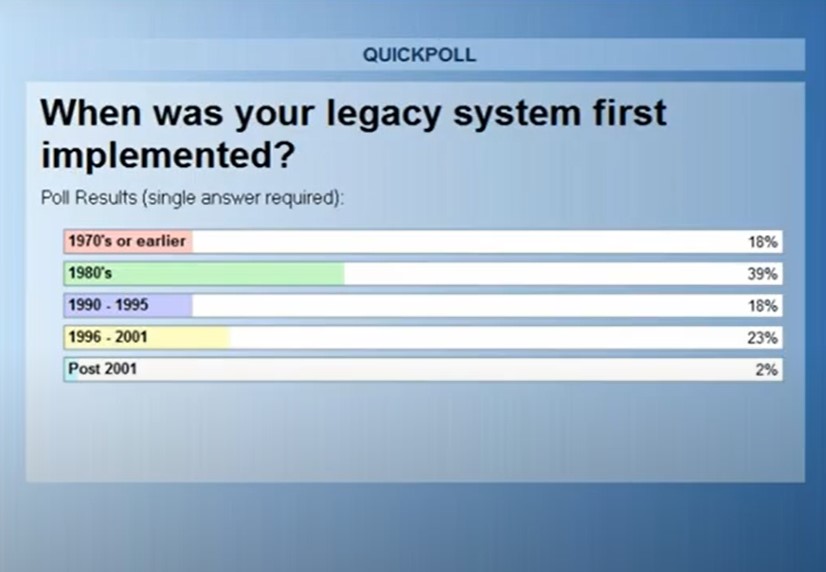
Overall, it takes years to develop and integrate enterprise systems and applications into an organization’s operational processes. It’s not surprising that many companies struggle to keep up and continue to rely on legacy tools that don’t support modern technologies.
Having no alternative to legacy solutions can trigger a cascade of business problems and challenges. Low productivity and the high costs of product development and maintenance are also common consequences of staying legacy.
Are there legacy maintenance issues?
LANSA conducted an RPG language development teams survey a couple of years ago. According to the results, 65% reported missing maintenance deadlines on an annual basis. Similarly, 19% said they miss deadlines two or three times a month. 38% also said that upper management considered the costs of maintaining those legacy tools to be a burden to the business.
Maintenance is the most expenseful part of any software product’s costs. When it comes to IBM i solutions, legacy maintenance costs tend to grow each year. They are driven by increasingly confusing architecture (which lowers productivity) and a shrinking pool of RPG developers. The majority of organizations using IBM i are well-aware of these problems.
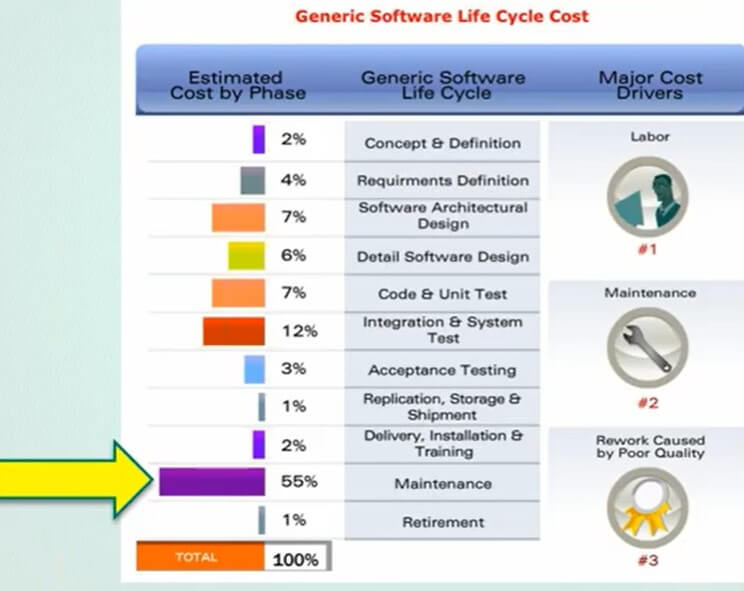
Replacing your legacy tools with newly developed ones, however, is only one way to address the IBM i modernization need. It is also the most expensive, time-consuming, and risky one.
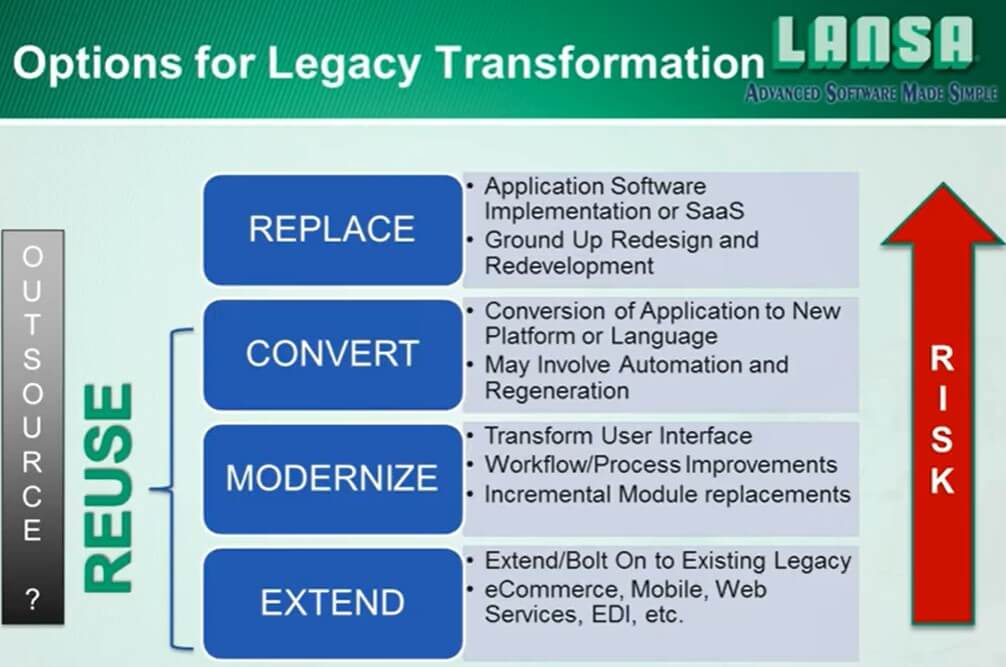
LANSA has a selection of tools designed to enable the easy modernization of IBM i solutions without hiring many diversely expertized developers.
Want to learn some first-hand insights about implementing the modernization of IBM i legacy solutions in 2021? Then watch this extensive webinar hosted by Eden Watt, Vice-President for Professional Services at LANSA. Watt talks about transforming IBM i legacy with specific examples and illustrations.
Is Low-code development an option?
In the future low-code development is the key element to success in IBM i infrastructure management.
Low-code platforms and tools allow organizations to solve virtually all challenges of modern-day IBM i development. These include hiring new RPG developers, overly complex legacy code, and old RPG developers lacking knowledge of newer technologies.
LANSA was among the pioneers of this now-trending approach when we created Visual LANSA. We saw the power of low-code in enterprise development,
Visual LANSA is a powerful low-code development platform that allows organizations to build and deploy new enterprise apps in days. Using Visual LANSA delivers proven and well-documented results. It increases development productivity 10X or more in some cases.
Visual LANSA allows organizations to turn any programmer into a full-stack developer without having to master and support a dozen different languages and server technologies. With LANSA, you can use the same language and IDE for all parts of an application—client-side, server-side, and everything in between. This increases the speed and cost-efficiency of the development process.
Want to know about the latest trends in low-code development, LANSA’s strengths, and capabilities in this field? Do you want to learn about one company that used LANSA to power its digital transformation efforts? Then watch this webinar featuring John Rymer, VP and Principal Analyst at Forrester Research, Keith Arteaga, IT Manager at Brunswick Bowling, and Yad Jaura, Head of International Marketing at LANSA, as the main speakers:
What are some tools to optimize IBM i development and modernization?
To optimize IBM i development, you need specialized tools to modernize the process. This makes it both rapid and simple enough to enable developers without the knowledge of RPG and years of experience in IBM i engineering to build new apps and integrate them with other systems.
As you probably guessed, LANSA, with decades of experience and deep knowledge into every aspect of IBM i development and maintenance, has got IBM i users covered here as well.
LANSA has a selection of tools built primarily for organizations using IBM i.
LongRange
LongRange is a mobile app builder that allows you to build native mobile apps for IBM i with RPG, COBOL or CL programming languages. It allows organizations to deliver, maintain, and update mobile apps to a user community at unprecedented speed and with minimal costs.
aXes
aXes is a unique tool that allows you to web-enable IBM i 5250 applications automatically. IT transforms existing 5250 screens into web pages out-of-the-box, without changing source code. You can also change the default modernization rules to suit your requirements and apply the changes automatically across all screens in an application.
LANSA Integrator
LANSA Integrator moves data between diverse platforms and applications. It simplifies exchanging data between apps and transferring files/documents between businesses and enables bi-directional flows of data and/or files in almost any format. LANSA Integrator allows you to easily design and build data flows that link a new IBM i application with existing apps and systems, even if they are hosted on other platforms.
And that’s not all. If you want to learn more about the LANSA tools that empower IBM i development in line with the standards of the new era, make sure to watch this almost hour-long webinar. It features LANSA’a David Brault and Sherry Barnvos talking about the biggest challenges of IBM i development in the digital transformation era. It also explains how LANSA relieves virtually every major pain of IBM i development teams.
Want to test LANSA in action?
LANSA offers a full selection of solutions to give businesses complete control over their IBM i development, modernization and maintenance. Approaching the IBM i infrastructure management armed with expert knowledge and professional tools is what allows organizations to utilize the full power of IBM i, implement digital transformation projects and replace legacy solutions without disrupting day-to-day processes
Ready to get started? Contact us at Lansa.com.
[1] https://www.helpsystems.com/resources/guides/ibm-i-marketplace-survey-results








